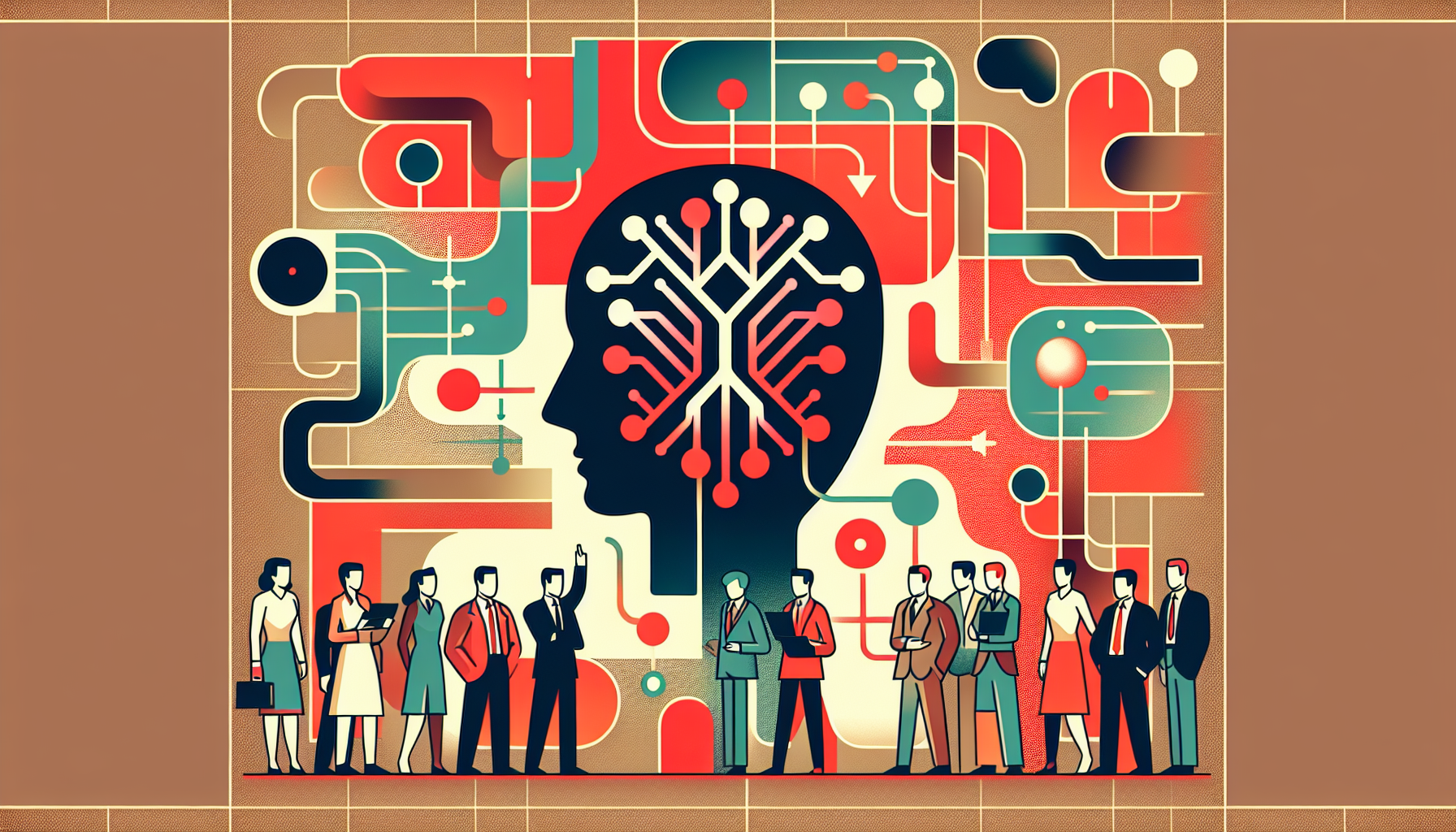If you’ve ever chatted with a chatbot, admired a piece of AI-generated art, or read poetry composed by a language model, you may have found yourself feeling something between awe and unease. “Was this created by a real person?” you wonder. “Does it matter?” The rise of generative AI forces us all—poets, painters, programmers, and even idle scrollers—to ask, what does it mean for something to be truly authentic or genuinely creative?
The Old Recipe for Creativity
Traditionally, we’ve considered creativity to be the special sauce of humanity. You take a big helping of imagination, throw in memories, sprinkle in feelings, mix well with some lived experience, and—presto!—a novel idea with your personal stamp on it emerges. We associate authenticity with the philosopher’s notion of the “self”: a unique bundle of desires, wounds, perspectives, and messy little quirks. Creative works reflect not just what humans *think*, but what they *are*.
This is why, when we come across a painting, song, or essay, we instinctively look for signs of human intention. We seek out the creator’s fingerprints, their autographs, their stray brushstrokes and misspelled words. Even accidental quirks can make a work feel somehow more “real” to us. As Jean-Paul Sartre or your local Instagram artist might say: “To create is to reveal oneself.”
Enter the Algorithm
Of course, algorithms have long been at work behind the scenes. But now, with the flourishing of generative AI (the kind of software that can conjure images, music, or essays from a prompt), the line between human-made and machine-made is blurring fast. These systems don’t just remix—sometimes, to our eyes and ears, they seem to create whole new worlds.
And so, the pressing question: If a neural network can compose a compelling sonnet or paint a moving portrait, can its product be called genuine creativity? And if not, what’s missing? (If you think it’s the beret, don’t worry; the machines haven’t started wearing hats. Yet.)
The Problem with Perfect Copies
One popular idea is that machines can only imitate, not innovate. But this view is growing harder to defend as AI-produced works regularly surprise us with originality. AI-generated art can dazzle. AI-written prose can shock, charm, or even make us chuckle. The machine “knows” more about, say, the history of Italian Renaissance art than any living painter—and can blend knowledge from billions of artworks in a flash.
However, just because something is convincingly creative doesn’t mean it’s authentic. Most AI generation is, at root, a process of extrapolation: taking in vast quantities of human output, learning patterns, and then regurgitating new variations. This is not completely foreign to how humans operate—after all, humans, too, absorb, remix, and filter what they’ve encountered. But there’s a catch.
Humans have skin in the game. They create with intent. Their works are tangled up with their lives, struggles, and personal stakes. Even the most eccentric human art is marked by a kind of ownership—a willingness to “stand behind” the product, to say, “This is my vision, flawed or otherwise.”
AI, for now, doesn’t claim its works or feel the weight of creation. It doesn’t know joy or frustration. It doesn’t ask itself, “Does this painting express who I am?” Needs and desires—those great engines of creativity—are absent.
Authenticity as Connection
So perhaps what we’re really talking about when we ask for authenticity isn’t just novelty or surprise. What we yearn for is the sense of *connection*—a bridge between creator and audience. When we read a deeply personal poem, watch a heart-wrenching film, or hear a love song penned after a breakup, we don’t just appreciate the craft. We feel as if someone else’s inner world is, for a moment, touching ours.
Authenticity, then, is not just about newness. It is about *witnessing*—we see someone else’s struggle, doubt, yearning, or exuberance. Real creativity is a two-way street. It’s about being present to one another in the fragile, creative act. In this sense, perhaps it’s not just *what* is created, but *who* stands behind it and *why*. If art is a message in a bottle, authenticity is the knowledge that someone, somewhere, really meant it.
The New Normal
Does this mean AI creativity is doomed forever to be plastic, fake, a clever trick but not the “real thing”? Not necessarily.
Even now, AI can serve as a powerful *tool* in the hands of human creators. When an artist uses AI to spark ideas, break out of ruts, or remix styles, that creative act is still authored by a human being. The vision, the drive, the risk—the authenticity—remains. In this way, AI may become part of an evolving definition of what counts as “real” creativity: a hybrid, collaborative process, guided by intention.
Still, as AI grows more sophisticated, we may find ourselves redefining authenticity yet again. Perhaps we will value not only stories of human struggle, but also new forms of expression arising from the dance of mind and machine. Perhaps authenticity will shift from being a property of single artists to being an emergent property of creative communities—human and non-human alike.
A Final Thought (with a Wink)
In the end, maybe authenticity is a bit like humor. We know it when we see it, we crave it, but as soon as we try to pin it down, it squirms away and surprises us. As we move deeper into the age of AI, the most genuine thing we can do is to ask these questions with open eyes, open minds, and, if possible, just a dash of healthy skepticism—and maybe, a smile.
After all, if we ever do find a machine that truly wants to write poetry just to impress its robot crush—well, won’t that be something genuinely new?

Leave a Reply